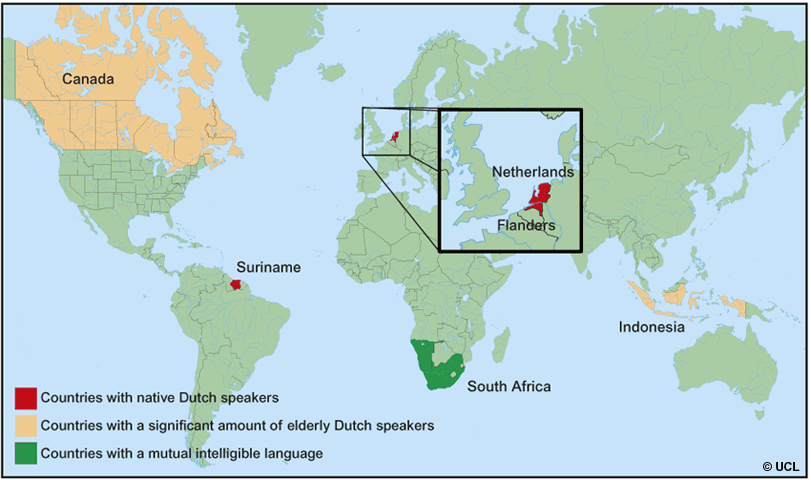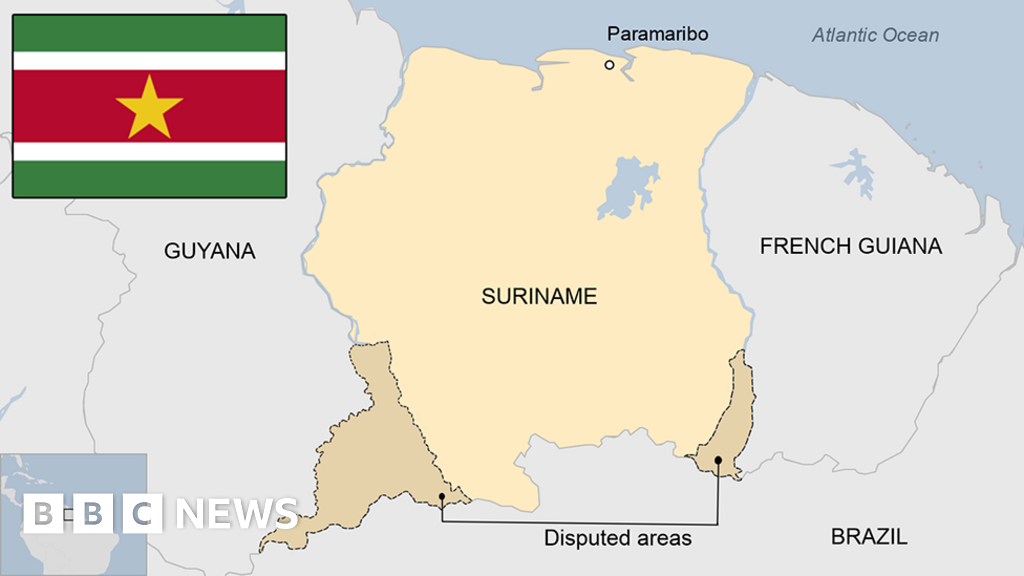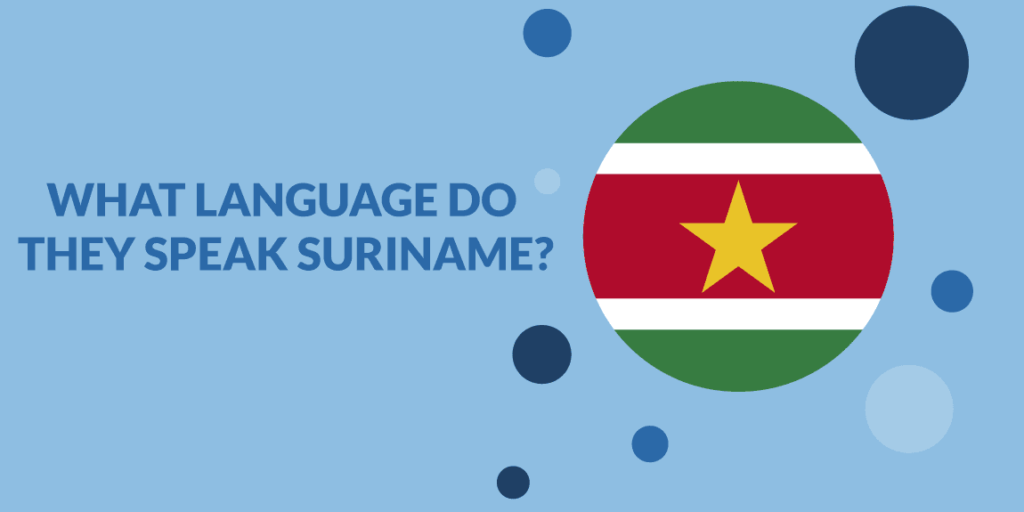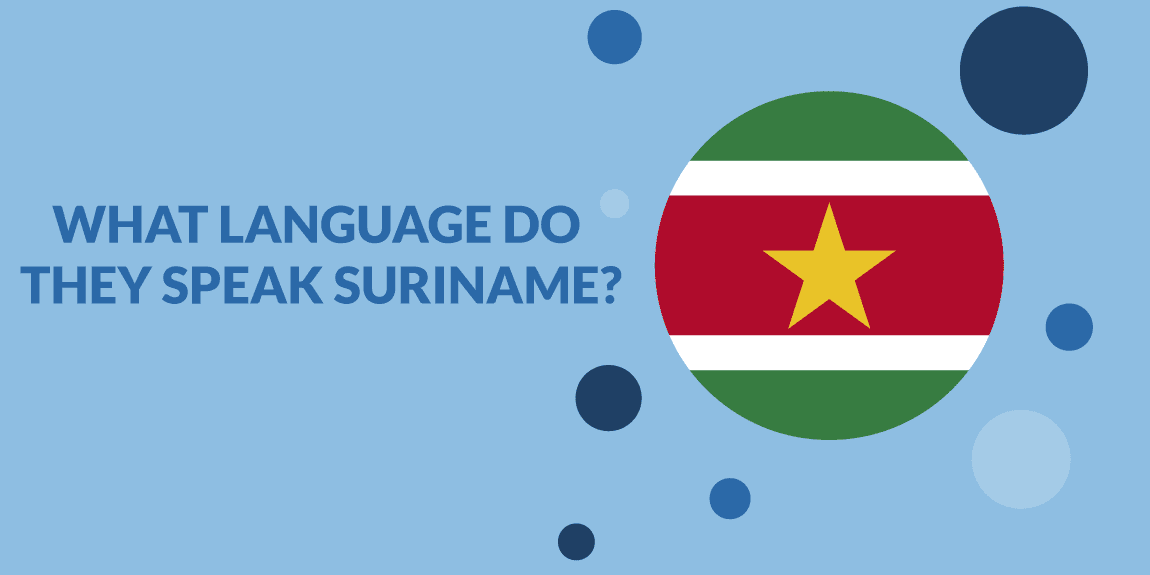Suriname, a small country on the northeastern coast of South America, may not be on everyone’s travel radar, but it certainly has a lot to offer. Did you know that they speak Dutch in this part of South America? That’s right, Dutch is the official language in Suriname, making it the only sovereign nation outside of Europe where Dutch is spoken by the majority of the population. But Suriname is not just about language – it is a melting pot of cultures, with a diverse population that includes East Indians, Creole, Javanese, Chinese, and more. Suriname’s rich history as a colony of the Netherlands has heavily influenced the country’s architecture and cultural identity. In addition, the tropical rainforests and stunning natural landscapes make Suriname a hidden treasure for nature enthusiasts.
Best Deals to Surinam by BOOKING.COM
Dutch in Suriname
Suriname, a small country on the northeastern coast of South America, is a unique blend of cultures and influences. One aspect that sets Suriname apart from its neighboring countries is the fact that Dutch is the official language. While most South American countries speak Spanish or Portuguese, Suriname stands out with its use of Dutch as the primary language.
However, alongside Dutch, Sranan Tongo, an English-based creole language, is also widely spoken in Suriname. This language has its roots in the country’s history as a Dutch colony and is a testament to the multiculturalism that exists in Suriname.
Surprisingly, the majority of the population in Suriname speaks Dutch. About 60% of the population identifies as native speakers of Surinamese Dutch. This makes Suriname the only sovereign nation outside Europe where Dutch is spoken by a significant portion of the population.
Suriname: South America’s Hidden Treasure
Suriname is a hidden gem when it comes to travel destinations. Despite its natural beauty and cultural richness, Suriname remains relatively unknown to tourists. Unlike popular South American destinations like Brazil or Peru, Suriname has managed to maintain its off-the-beaten-path status, making it a unique and unspoiled place to explore.
One of the reasons for the lack of tourists in Suriname is its remote location and limited accessibility. Suriname is not easily reached by direct flights from major international airports. Additionally, the country’s tourism infrastructure is still developing, with limited accommodations and transportation options available.
Despite these challenges, Suriname offers a truly authentic travel experience. The absence of large tourist crowds allows visitors to immerse themselves in the local culture and interact with the friendly Surinamese people.
The Dutch influence in Suriname is evident in the country’s architecture, cuisine, and overall multicultural identity. As a former Dutch colony, Suriname shares a colonial history with the Netherlands, which has left its mark on the country.

FIND YOUR BEST HOTEL IN SURINAM WITH BOOKING.COM
Suriname’s Multicultural Identity
Suriname’s history as a Dutch colony has shaped its multicultural identity. Over the years, various ethnic communities have called Suriname home, creating a diverse and harmonious society.
East Indians, Maroons, Creoles, Javanese, Chinese, and Whites are just a few of the ethnic groups that contribute to Suriname’s cultural tapestry. Each group has preserved its traditions, languages, and customs, creating a vibrant and inclusive society.
One of the remarkable aspects of Suriname is the tolerance and coexistence among these different ethnic communities. Suriname serves as an example of how people from various backgrounds can live together harmoniously, respecting each other’s religions, languages, and cultures.
For instance, Suriname is one of the few countries in the world where a synagogue and a mosque are located side by side. This symbolizes the acceptance and integration of different religious groups within Surinamese society.
Sernan Airways: Unique Aviation Situation
Suriname’s aviation landscape is also unique in its own way. Sernan Airways, the country’s national airline, operates with a small fleet of just three airplanes. The airline faces challenges due to limited resources and waiting for necessary documentation to expand its operations.
Despite these limitations, Sernan Airways manages to serve the country’s domestic and regional routes efficiently. It is a testament to the resourcefulness and adaptability of the Surinamese people.
Suriname’s diversity is again showcased through the peaceful coexistence of different religious groups within the country. The Surinamese society values tolerance and understanding, allowing religious communities to live side by side without conflict or discrimination.

Stunning Natural Beauty of Suriname
Suriname boasts incredible natural beauty, with its tropical rainforests and unique wildlife. The country is home to vast stretches of pristine rainforest, making it a paradise for nature lovers and adventurers.
The rainforests of Suriname are a sight to behold, teeming with a wide array of flora and fauna. Exploring the dense jungles and encountering exotic species such as jaguars, giant river otters, and toucans is a once-in-a-lifetime experience.
In addition to its natural landscapes, Suriname also has cultural landmarks that reflect its Dutch colonial past. Historical buildings that showcase the influence of Dutch architecture can be found throughout the country, particularly in its capital city, Paramaribo.
Exploring the Dutch Colonial Architecture
Paramaribo, the capital city of Suriname, is known for its well-preserved Dutch colonial architecture. Walking through the streets of Paramaribo feels like stepping back in time, with its charming wooden houses and colorful facades.
The influence of Dutch architecture is evident in the intricate details and unique designs of these historical buildings. The city has made significant efforts to preserve its colonial heritage, and many of these structures have been recognized as UNESCO World Heritage Sites.
Exploring the Dutch colonial architecture is not only a visual delight but also a chance to understand Suriname’s rich history and its ties to the Netherlands. The blend of Dutch and South American influences is epitomized in the buildings of Paramaribo, creating a truly unique atmosphere.

Surinamese Cuisine: A Fusion of Cultures
Surinamese cuisine is a fusion of flavors and ingredients from various ethnic groups that have migrated to the country over the years. The result is a vibrant and diverse culinary scene that reflects Suriname’s multicultural identity.
Traditional Surinamese dishes include roti, pom, and bami, each with its own distinct flavors and cooking techniques. These dishes showcase the influences of Indian, African, Indonesian, Chinese, and Dutch cuisines.
Food tourism in Suriname is an emerging trend, as visitors discover the unique flavors and culinary experiences the country has to offer. From street food stalls to high-end restaurants, Suriname has a lot to offer in terms of gastronomic delights.
Tourism Potential and Challenges
Suriname holds immense tourism potential, thanks to its natural beauty, cultural heritage, and authentic travel experiences. However, the country faces several challenges when it comes to developing its tourism industry.
One of the main challenges is the lack of infrastructure and accessibility. Suriname’s remote location and limited transportation options make it difficult for tourists to reach and explore the country. Improving transportation networks and expanding accommodations are crucial for attracting more visitors.
Another vital aspect is preserving the authenticity of Suriname’s natural and cultural attractions. As tourism grows, there is a risk of overdevelopment and the loss of the country’s unique charm. Striking a balance between tourism development and preserving the environment and cultural heritage is of utmost importance.

Suriname’s Economic Development
Suriname’s economic development is closely tied to its natural resources and the potential for eco-tourism. The country is rich in mineral resources, including bauxite, gold, and oil. Harnessing these resources sustainably and responsibly can contribute to Suriname’s economic growth.
Eco-tourism is also a promising avenue for economic development. Suriname’s pristine rainforests, wildlife, and biodiversity attract nature enthusiasts from around the world. By promoting eco-friendly tourism practices, Suriname can leverage its natural assets while preserving its environmental integrity.
Foreign investments play a significant role in Suriname’s economic development. The country welcomes foreign businesses and investments that align with its sustainable development goals and contribute to the overall growth of the nation.
Conclusion
Suriname is a unique blend of Dutch and South American culture, offering a glimpse into a multicultural society with a rich history and stunning natural beauty. From its official language being Dutch to its diverse ethnic communities and impressive architectural heritage, Suriname stands out as an undiscovered gem in South America.
Exploring Suriname allows you to immerse yourself in the local culture, witness the harmonious coexistence of different religious groups, and discover the breathtaking landscapes of its tropical rainforests.
While Suriname faces challenges in unlocking its tourism potential and achieving economic development, the country’s commitment to preserving its authenticity and sustainable growth sets it apart as a destination worth exploring.
So why not consider adding Suriname to your travel bucket list? Experience the unique blend of Dutch and South American influences, indulge in the flavors of Surinamese cuisine, and embark on an adventure in one of South America’s hidden treasures. The Surinamese experience awaits!
